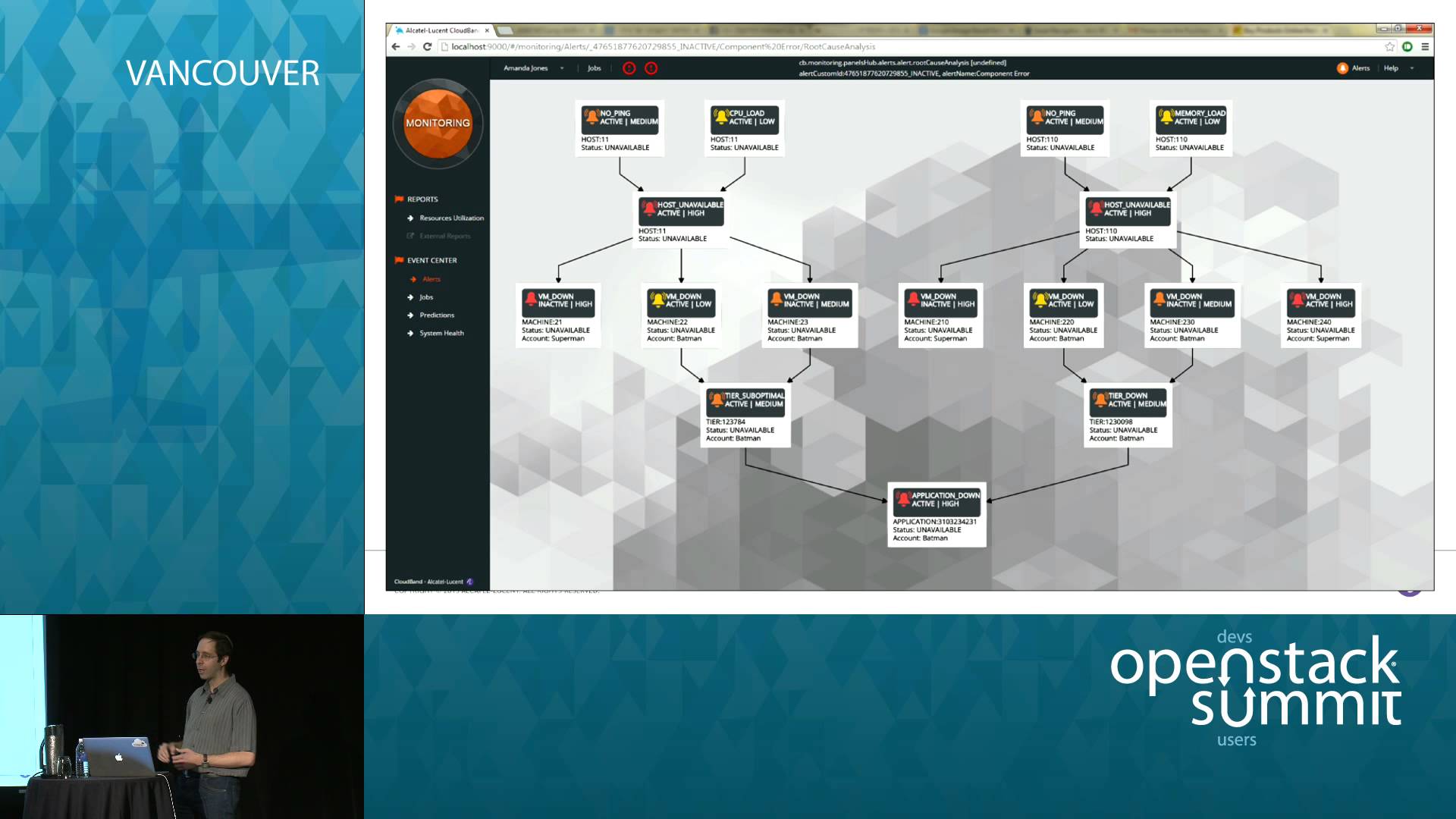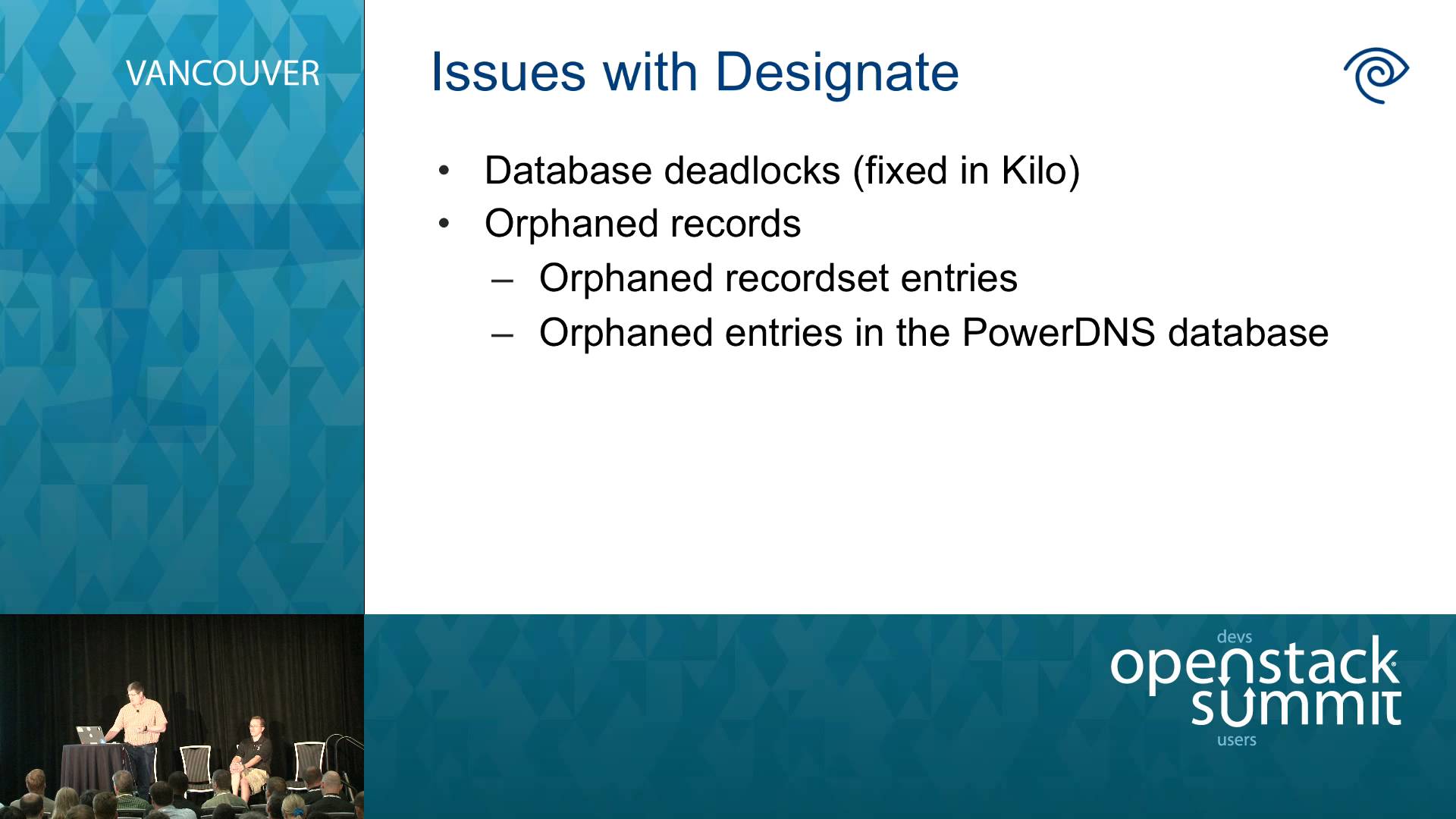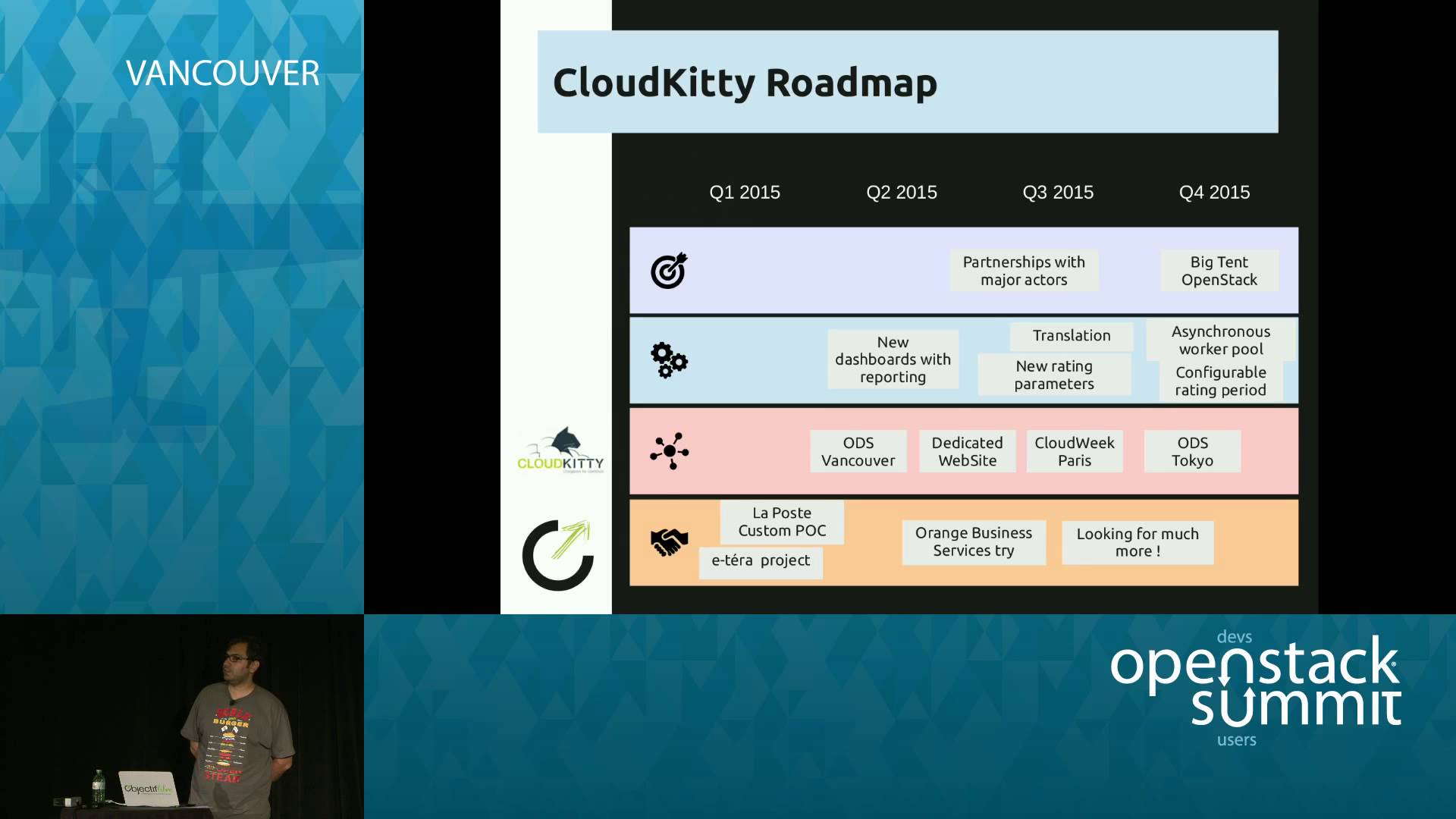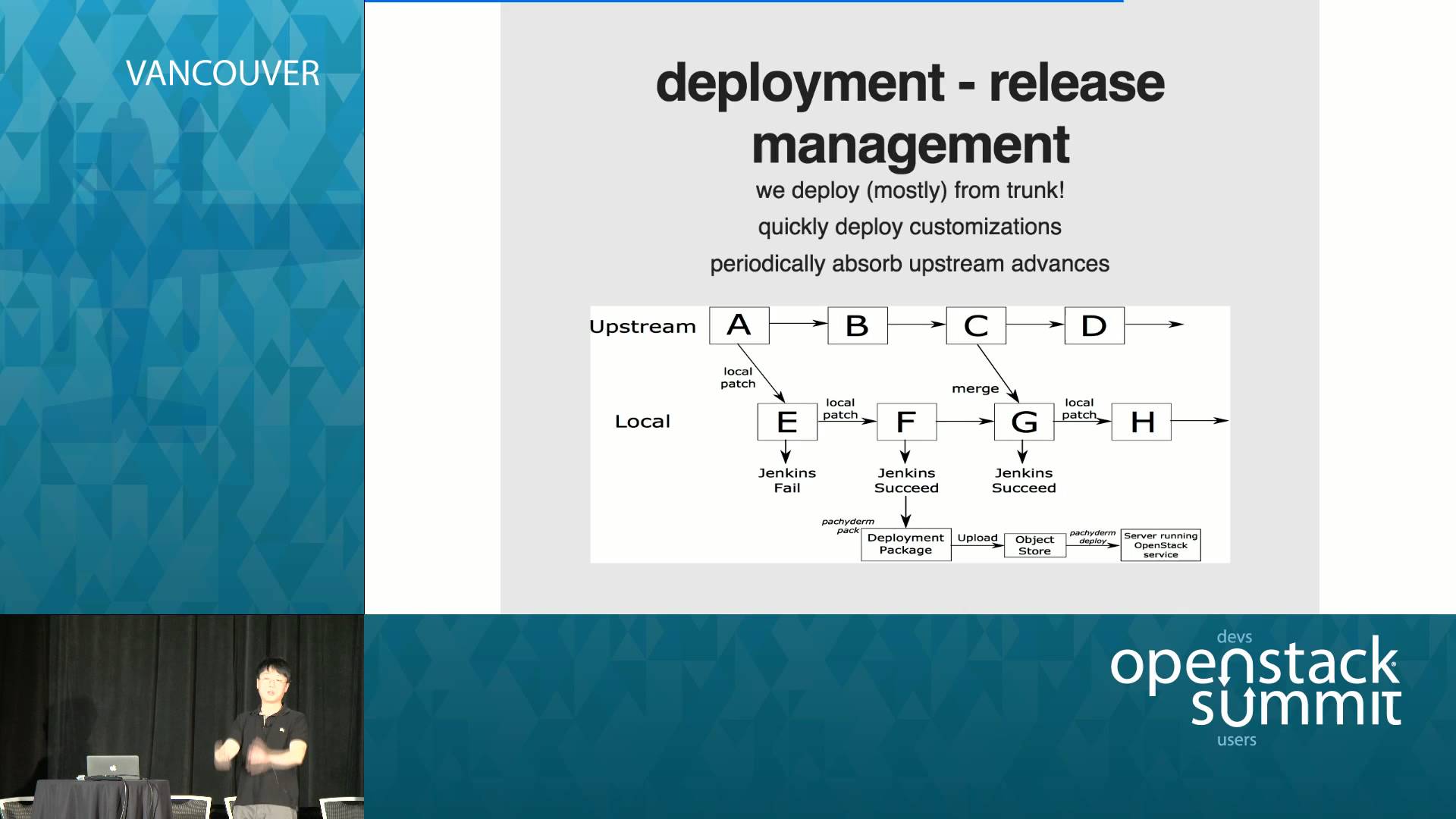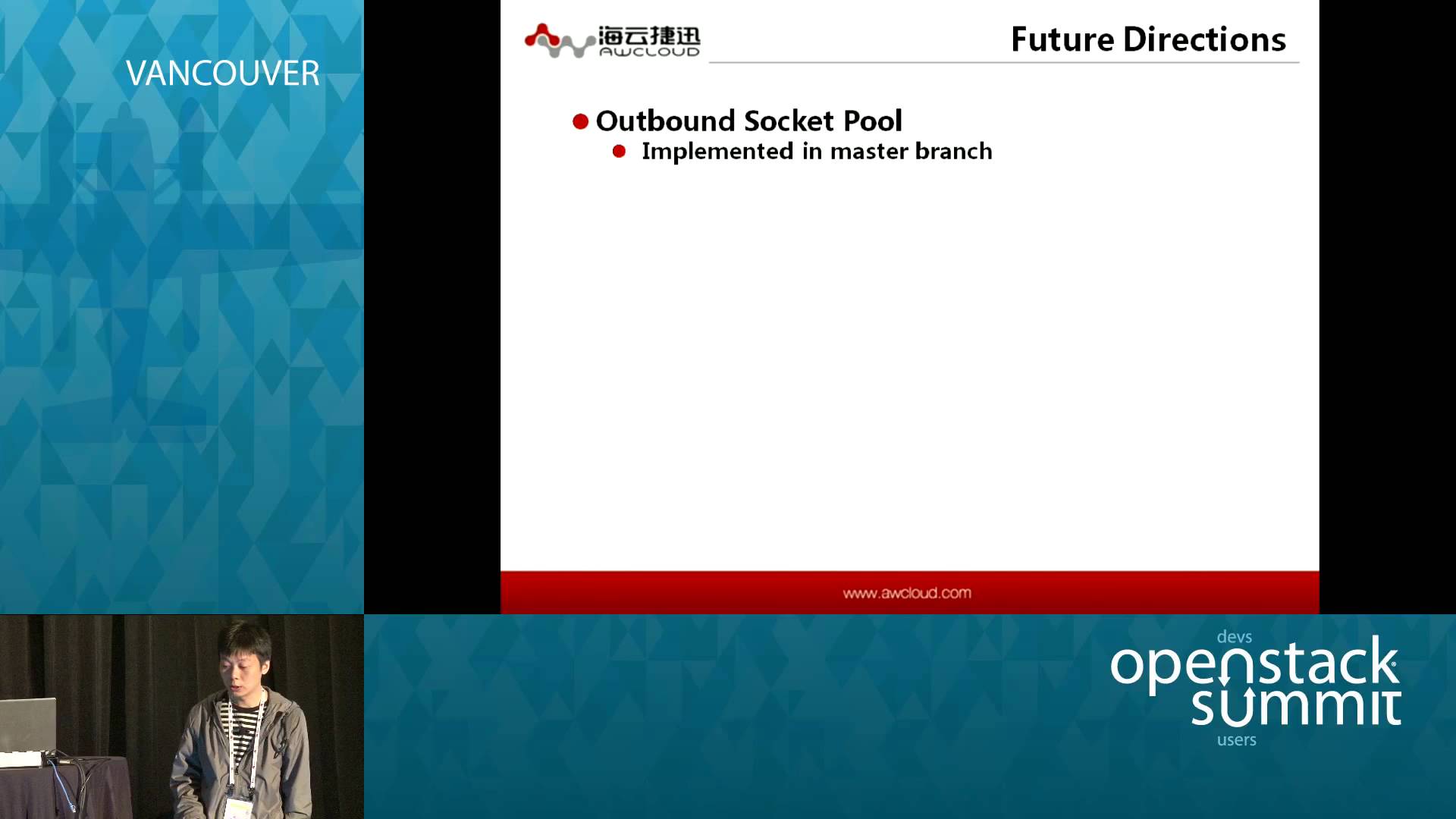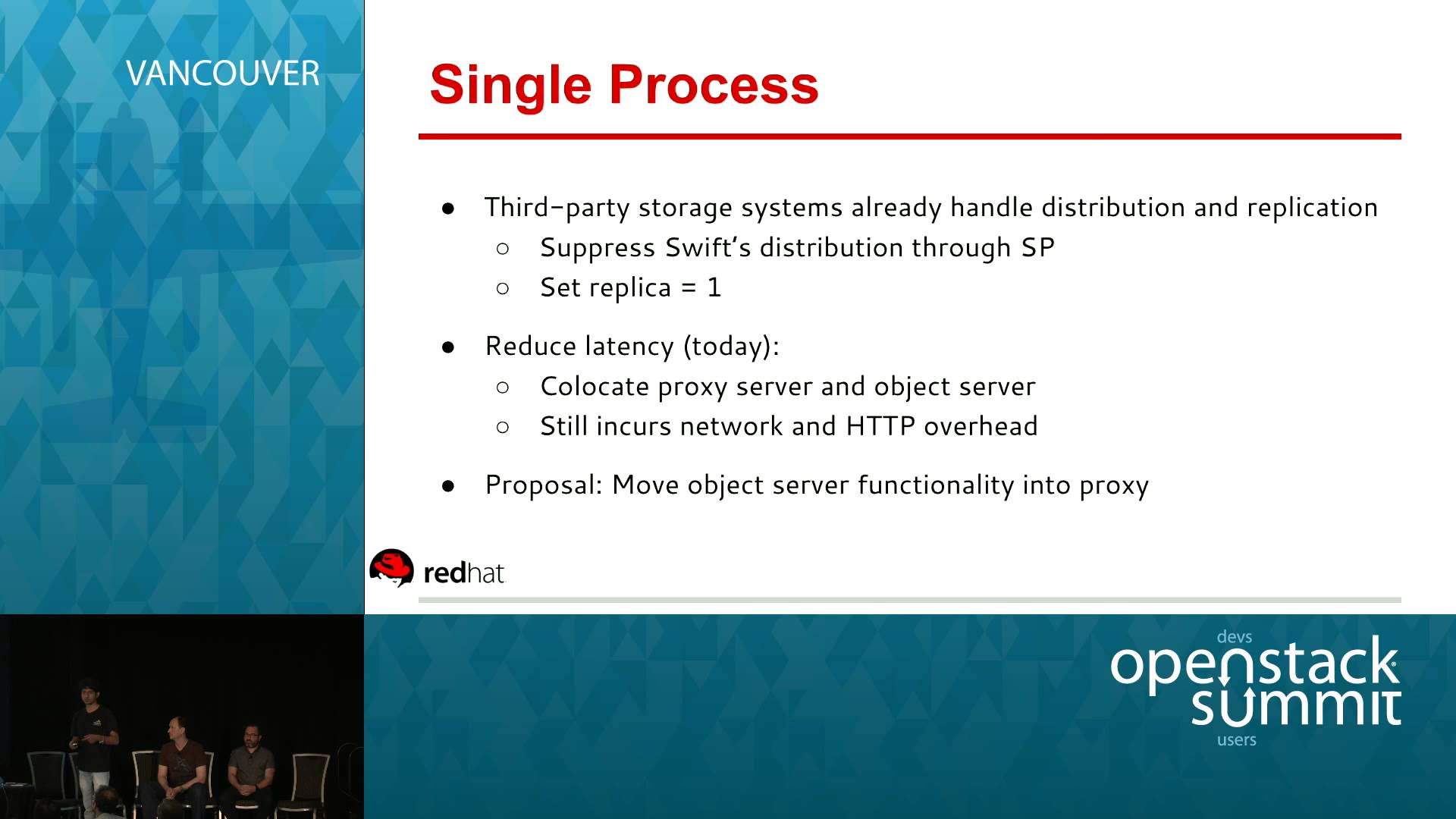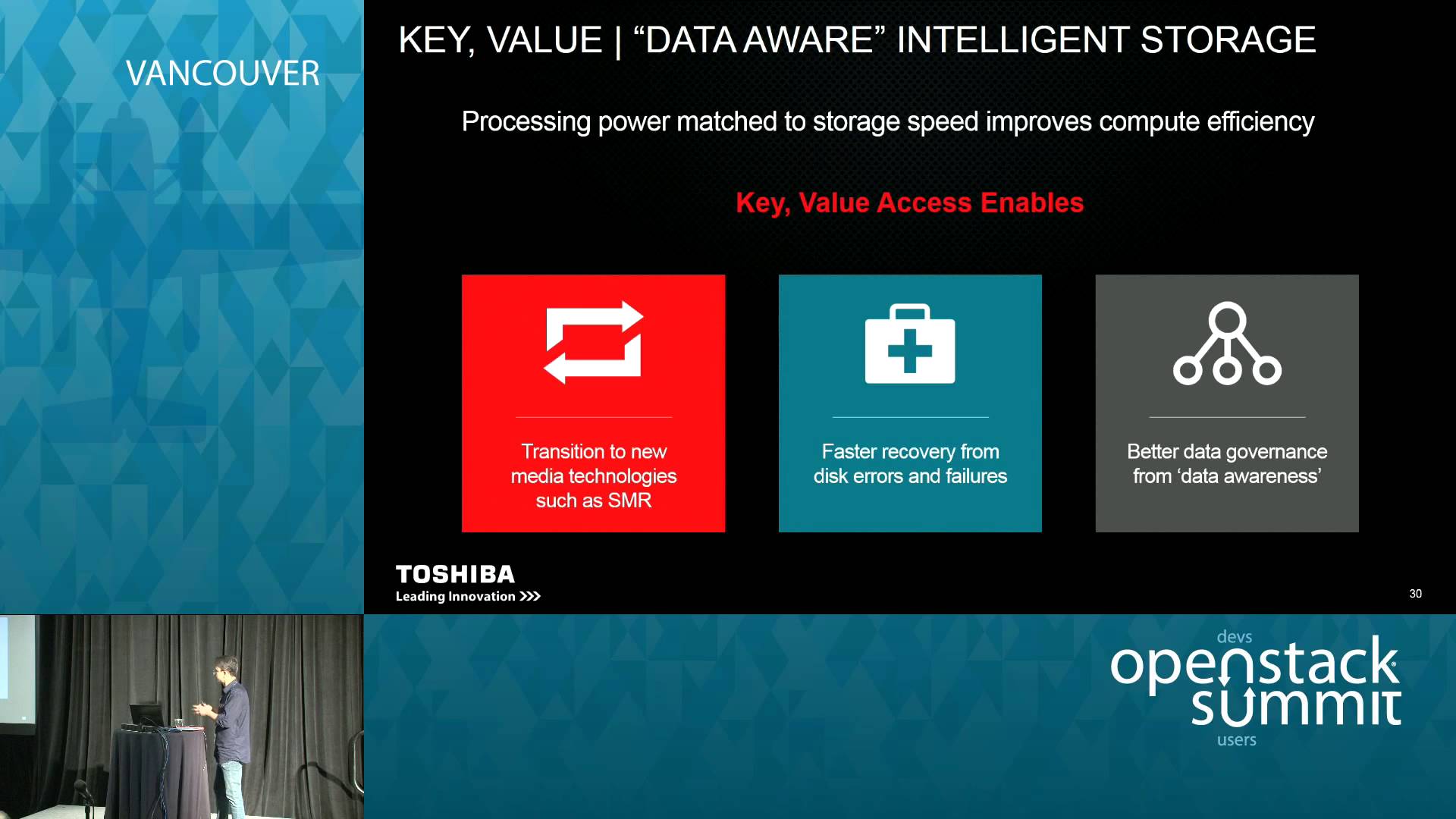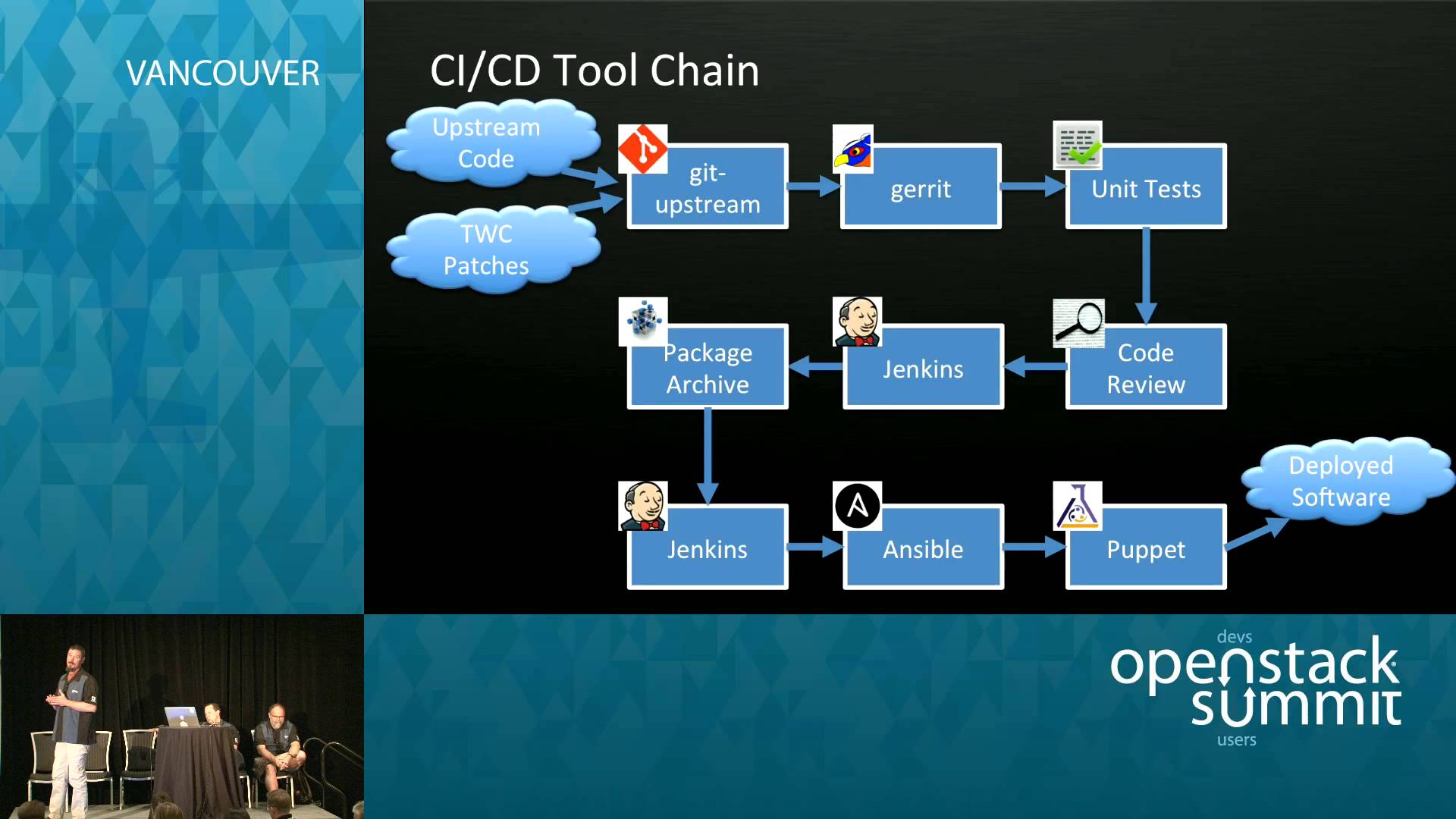NFV becomes real with the migration of actual VNFs into the cloud. In this session, we will discuss the opportunities and added value in running a sample suite of applications – specifically EPC – on top on an NFV platform using Openstack. The inherent flexibility of NFV allows for operational efficiencies such as dynamic creation… Continue reading Running Real Telco Applications on Top of an NFV Platform – Opportunities and Challenges
Tag: OpenStack
Getting DNSaaS to Production with Designate
One of our most requested features from our users has consistently been self-service for DNS records. Although Designate is still in incubation, DNSaaS was a key piece for us to get in place for our users. This talk will cover our experiences from initial evaluation to operating Designate in a production environment. Topics covered will… Continue reading Getting DNSaaS to Production with Designate
CloudKitty an Open Source rating and chargeback component for OpenStack
Chargeback and rating are currently lacking in OpenStack. If you wish to define/charge costs to your clients’ cloud usages or yours, you’ll need to develop your own tools. CloudKitty is addressing these use cases by adding an highly modular rating engine to you OpenStack cloud. In this talk we will introduce CloudKitty, an open source… Continue reading CloudKitty an Open Source rating and chargeback component for OpenStack
Building blocks for seamless integration of OpenStack into complex enterprise environment
Integrating OpenStack into an enterprise environment is challenging. A typical enterprise compute environment features tight security control; limited user privileges; and a slew of existing tools and systems for management, inventory, etc. In this talk, we will describe our modest attempt to integrate a multi-site OpenStack deployment into the compute infrastructure of a quantitative investment… Continue reading Building blocks for seamless integration of OpenStack into complex enterprise environment
Distributed Messaging System for OpenStack at Scale
Currently, OpenStack heavily relies on central broker for message distribution, like RabbitMQ. Theoretically it cannot scale-out very well due to restrictions of central messaging cluster. As a result, nova-cell has been proposed to improve its scalability, but other projects cannot benefit from this feature and moreover, this nova-only feature is still not production-ready. According to… Continue reading Distributed Messaging System for OpenStack at Scale
Extending OpenStack Swift to Support Third Party Storage Systems
Since its inception, OpenStack Swift stores data using its own distributed storage implementation. A new feature, called storage policies, was added in Juno and enables other storage systems to extend Swift, but only through the object server. In this talk, we highlight current development which will enable third party storage systems to extend OpenStack Swift… Continue reading Extending OpenStack Swift to Support Third Party Storage Systems
OpenStack: Beyond LBA’s* (Logical Block Addresses)
CHS (Cylinder/Head/Sector) is so 50’s, LBA (Logical Block Addresses) is so 90’s. What’s next? It’s time to rethink how we access storage NOW! The new interface to the storage media should support all application access methods whether its File, Block or Object. As storage industry evolves beyond storage management towards data management it is important… Continue reading OpenStack: Beyond LBA’s* (Logical Block Addresses)
Growing OpenStack at Time Warner Cable
In early 2014, Time Warner Cable began an initiative to transform internal IT operations using OpenStack. Over the next 6 months we grew a team and deployed OpenStack in two data centers and offered it to our customers with self-service features like geo-redundant object storage and global identity. Come listen to us talk as we… Continue reading Growing OpenStack at Time Warner Cable
